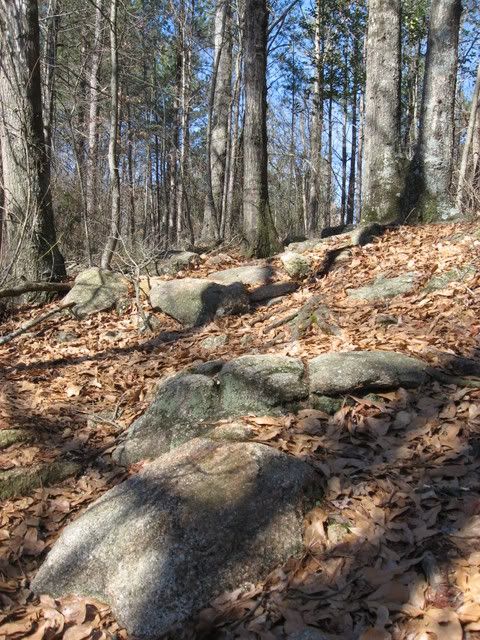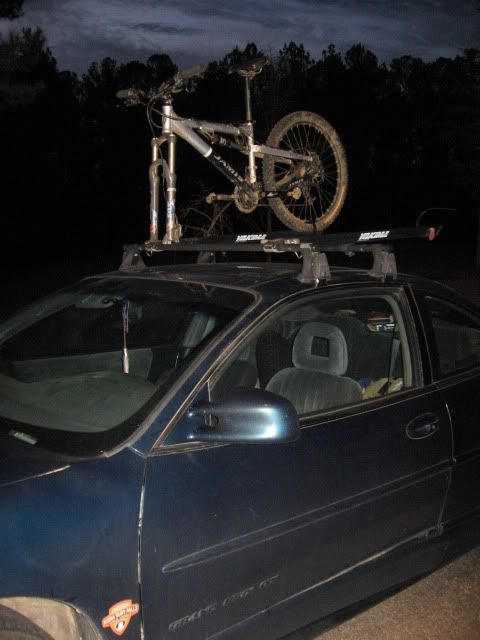New Singletrack for Bull Mountain
 |
| New Singletrack |
During my recent singletrack rides, courtesy of this beautiful dry, warm weather, I have noticed that a number of sections of trail have undergone significant maintenance, and during my most recent ride I noticed a newly opened reroute on the bottom of the Bull Mountain Trail.
I did a quick Google search and found an announcement on the US Forest Service website about the trail work:
A major trail relocation and maintenance project is starting in the Jake and Bull Mountain Trail System the week of December 6, 2010. During the next few months, some of the trail sections will be moved to new locations, while others will receive needed maintenance. This work will be done by a Forest Service contractor using mechanized equipment. While this project is underway, trail users are asked to obey any closure notifications posted on sections of trail, and avoid all work locations. These temporary restrictions are for the safety of users as well as workers. Not all trail sections will be affected by this project. Please use the accompanying map to locate the sections of trails in the project area. Further information can be obtained by calling the Blue Ridge Ranger District at (706) 745-6928.This is really a big deal! If you check the map out (which, by the way, is one of the best online maps I've seen for the Bull Mountain Trail System), you'll notice that almost the entire system appears to be under construction! What really has me excited is that several sections which previously consisted of boring doubletrack or gated fire roads are highlighted as needing attention. I sincerely hope that the Forest Service will decide to bypass those old road grades all together with brand-new, genuine singletrack!
I've noticed many changes already, and I will keep you all informed as I notice more. For now, I'd like to focus on the lengthy and much-needed reroute of the lower section of the Bull Mountain trail.
Bull Mountain Reroute
Yesterday I headed out to the Bull Mountain trail to bomb down through the gnarly, washed out section on my Airborne Taka (my DH rig) and shoot some video. When I arrived at the base of the trail and got ready to start pushing, I was shocked to see that the old entrance had been closed off, and that a new trail began just to the left.
 |
| Old end of the trail. |
 |
| New trailhead |
At first, I was a little disappointed because I had come out here specifically to shred this really gnarly washed-out section and get some interesting GoPro shots.
Eventually my rational side kicked in, as I've long complained about how horrible some of the trails at Bull Mountain are. After hiking the up the entire reroute, it is evident that the Forest Service is now employing much more modern trail building techniques including quality bench cutting and grade reversals. The main issue with the old section of trail was that it was almost the textbook definition of a fall line trail... it ran like a river whenever it rained. The new reroute definitely fixes that problem by winding back and forth up the hill as it gains elevation.
 |
| The new Bull Mountain trail |
 |
| Fresh Benchcutting |
 |
| There's even a culvert built into the trail at one spot. |
 |
| The old trail |
Until you get the chance to come up here and ride it for yourself, check out the video below covering the entirety of the new reroute:
Bull Mountain Trail Reroute from Greg Heil on Vimeo.
Read more...





































